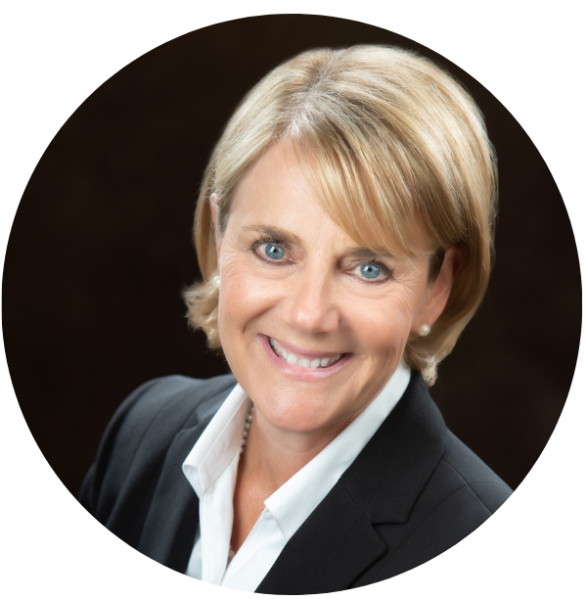By: Renee Broadbent, MBA, CCSFP
Chief Information Officer at SoNE HEALTH
Healthcare has long faced a divide around equitable healthcare for all. Entire populations of the underserved cannot access healthcare for several reasons including location, cost, and health literacy. The result is that we have sicker populations with reduced life expectancy, health issues that end up being costly and a significant reduction in the quality of life for the individual and their families. This gives rise to a host of questions: Is there a way to make healthcare more accessible to individuals? Are there other methods of delivery that can reduce or eliminate accessibility barriers? Is it affordable and how exactly does it get done? How do we tackle all of this? Can we deliver immediate value with the technology we currently have?
At Southern New England Healthcare (SoNE HEALTH) we began a journey to tackle these issues head on. Recognizing that it could not be solved overnight, over the course of several months, we developed a multi-year plan to improve health equity for the populations we serve and deliver healthcare in new ways. The plan itself involved both short- and long-term goals, remaining flexible as both the technical and regulatory environment changes.
In our initial analysis we were challenged in three areas:
- Overcoming barriers for patients who are sicker, experience more health inequities, and often face difficulties navigating the healthcare system.
- Engaging patients across a wide range of diversity (e.g., geography, age, race, ethnicity, sexual orientation, gender, gender identity, varying ability, and language)
- Coordinating care across distributed provider organizations and a wide variety of technologies
To assist us in this process, we engaged with a management consulting firm* to help guide us along the way and bring subject matter expertise to the table as we built our plan. We also acknowledged and recognized that given our complex network, we needed input from multiple sources so that all points of view were considered and engaged. We conducted our analysis over a four-month period which consisted of individual discussions, work groups, check points on validation and steering committee oversight. At the conclusion we arrived at plan focused on:
- The right data for analysis including improved collection of RELD and SDOH data;
- Reporting and disaggregation of data to help identify those area’s most in need;
- Technology needed to reach those patients whom we serve; including deployment and access
- 24×7 virtual Triage and at home care
- Actionable reports for our physicians and caregivers
SoNE was fortunate to have some technologies in place to execute on the shorter-term efforts and to begin engaging with patients in different ways. Initial results have demonstrated improved compliance with some of our patients to whom routine healthcare was difficult if not impossible to achieve.
No doubt there is much, much more work to be done and of course there is the expense of implementing the necessary people, processes and technologies to make this work. However, there are many funding opportunities to assist in this process and organizations should not overlook what they already have in place and that, with a little innovation, can be implemented. For example, a CRM (Customer Relationship Manager) or an improving the delivery of Telehealth, including options for inpatient visits with transportation provided and using cell phones as method of communication for visits and reminders. 97% of all US adults own a cell phone and 85% own a smartphone**; leverage that!
Access to quality healthcare should be a given, not a luxury. While it may take a few years to right the ship, we are on the way to doing that at SoNE. Along the way, we are infusing cultural humility into the organizational culture and across digital and non-digital patient touchpoints and products.
*Mobile Fact Sheet. Pew Research Center. April 7, 2021. 2. Mobile Technology and Home Broadband 2021. Pew Research Center. June 3, 2021. 3. Vogels E. Digital divide persists even as Americans with lower incomes make gains in tech adoption. Pew Research Center. June 22, 2021.
 Renee Broadbent, MBA, CCSFP is Chief Information Officer at SoNE HEALTH
Renee Broadbent, MBA, CCSFP is Chief Information Officer at SoNE HEALTH

 Renee Broadbent, MBA, CCSFP is Chief Information Officer at SoNE HEALTH
Renee Broadbent, MBA, CCSFP is Chief Information Officer at SoNE HEALTH